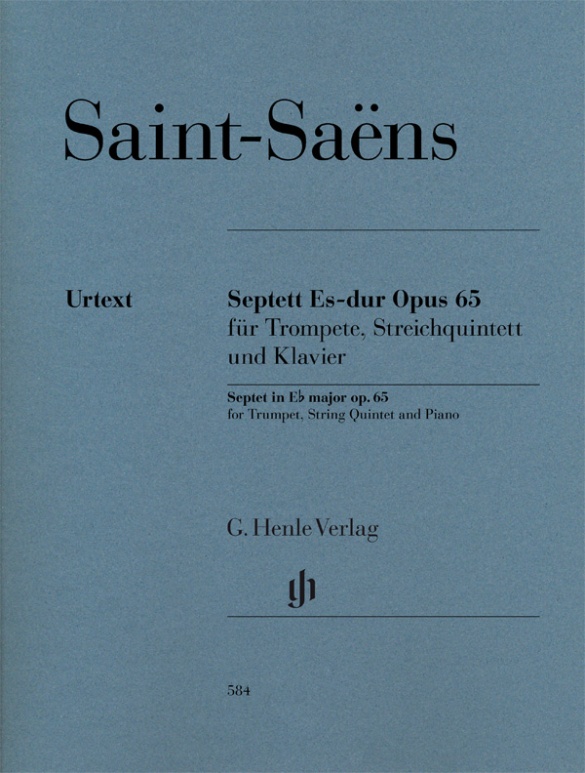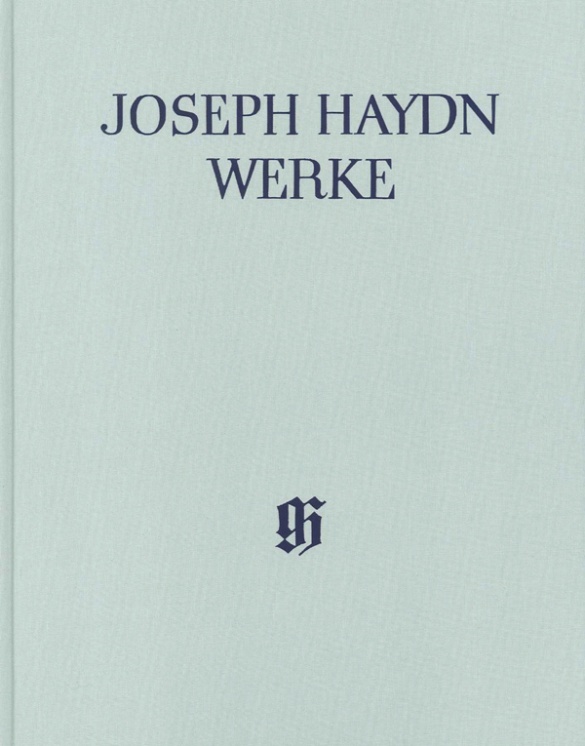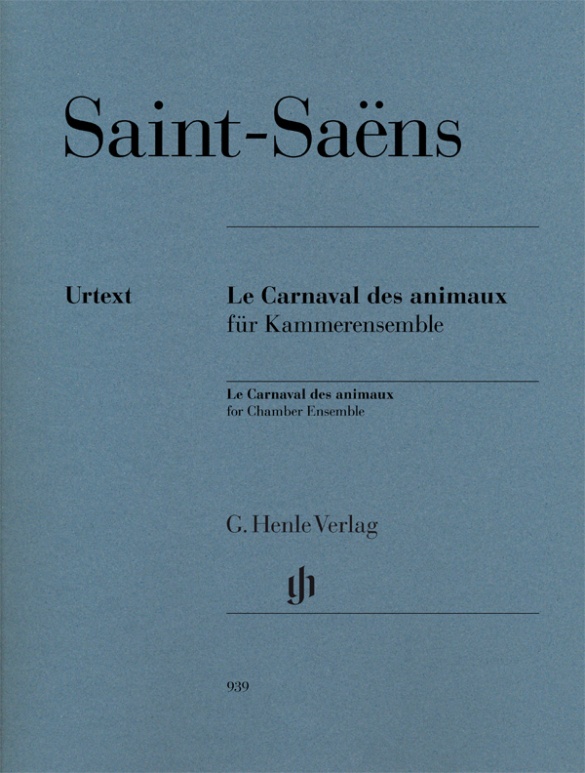

Camille Saint-Saëns
Le Carnaval des animaux
Written in March 1886 as a humorous occasional work for the traditional carnival concert organized by his cellist friend Charles-Joseph Lebouc, the Carnival of the Animals was so successful that Saint-Saëns banned performances and publication soon afterwards. He was worried that this “grand zoological fantasy” - consisting of 14 short individual pieces for eleven instruments - might overshadow his serious works. Yet only five months after the composer’s death, it appeared in print after all, beginning its worldwide victory march - in its original setting as well as in numerous arrangements. Thus, the Carnival did in fact arguably become the most popular work by this French composer and, owing to its musical originality, it is also a favourite in music lessons or for school orchestra performances. With this combination of a study edition and an edition in parts (for which additional parts for larger numbers of strings may be ordered), G. Henle Publishers now presents the perfect resource for such occasions.
Read more about this edition in the Henle Blog.
mws-henle.cms.title-works.headline
mws-henle.cms-product-detail.composer-headline
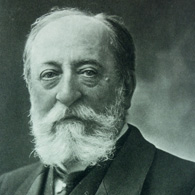
Camille Saint-Saëns
Saint-Saëns was one of the most multifaceted musicians of the second half of the nineteenth century in France. Regarded as a Classicist, he also wrote pieces with an Impressionist character to their sound, and one composition in quarter-tones. As a critic and essayist he was involved in the first complete editions of Rameau’s and Gluck’s works.
| 1835 | Born in Paris on October 9. Early comprehensive education. |
| 1848–52 | Studies at the Conservatoire de Paris. |
| 1853 | Organist at St. Merry Church in Paris. |
| 1853–59 | First large-scale works: Symphony No. 1, Op. 2 (1853), and No. 2, Op. 55 (1859); Piano Concerto No. 1, Op. 17 (1858); Violin Concerto No. 1, Op. 20 (1859); Mass, Op. 4 (1856); he attempts to arrive at unique forms. |
| 1857–77 | Organist at La Madeleine in Paris. |
| 1861–65 | He teaches at the École de Musique Classique et Religieuse Niedermeyer. |
| 1871 | Founding of the Société Nationale de musique. |
| 1871–77 | Composition of symphonic poems “Le rouet d’Omphale” (“The Wheel of Omphale,” 1871), “Phaéton” (1873), “Danse macabre” (1874), “La jeunesse d’Hercule” (1877). |
| 1876 | Attends the performance of the Ring in Bayreuth. |
| 1877 | Performance in Weimar of his opera “Samson et Dalila.” |
| 1881 | Member of the Académie des Beaux-Arts. |
| 1883 | Performance in Paris of his opera “Henry VIII.” |
| 1885 | Publication of the treatise “Harmonie et mélodie.” |
| 1886 | Performance in London of his Organ Symphony (Symphony No. 3 in C minor): major work with thematic transformation after Liszt’s model. Composition of “The Carnival of the Animals,” the publication of which he forbade during his lifetime. |
| 1899 | Publication of the book “Portraits et souvenirs.” |
| 1900 | Cantata “Le feu celeste” in praise of electricity, for the opening of the Exposition Universelle. |
| 1921 | Death in Algiers on December 16. |
mws-henle.cms-product-detail.author-headline
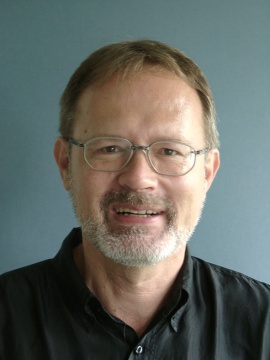
Ernst-Günter Heinemann (mws-henle.person.role.HERAUSGEBE)
Dr. Ernst-Günter Heinemann, born in 1945 in Bad Marienberg (Westerwald), completed his schooling in Gießen and read musicology, philosophy and German in Marburg and Frankfurt/Main and also for some time Protestant church music. He did his doctorate on “Franz Liszts geistliche Musik. Zum Konflikt von Kunst und Engagement”.
From 1978–2010 Heinemann worked as an editor at G. Henle Publishers (in 1978 in Duisburg, from 1979 onwards in Munich). He edited a great many Urtext editions for the publishing house, including “Das Wohltemperierte Klavier”, Volume 1 by Bach and all of Debussy’s piano works. In addition, he wrote essays on Debussy, Grieg, Liszt, Mendelssohn and questions concerning general editing, as well as giving seminars on editorial practice for musicology students in Munich.
Product Safety Informations (GPSR)

G. Henle Verlag
Here you can find the information about the manufacturer of the product.G. Henle Verlag e.K.
Forstenrieder Allee 122
81476 München
Germany
info@henle.de
www.henle.com
De ‘cue notes’ zijn handig en omdat het werk uit vele korte delen bestaat kunnen er geen problemen met het omslaan van de bladzijde ontstaan.
de nieuwe muze, 2021Complete with a Preface and Comments, Henle’s score is a model of clarity.
Stringendo, 2021推荐
autogenerated_cross_selling
本书目其他版本


